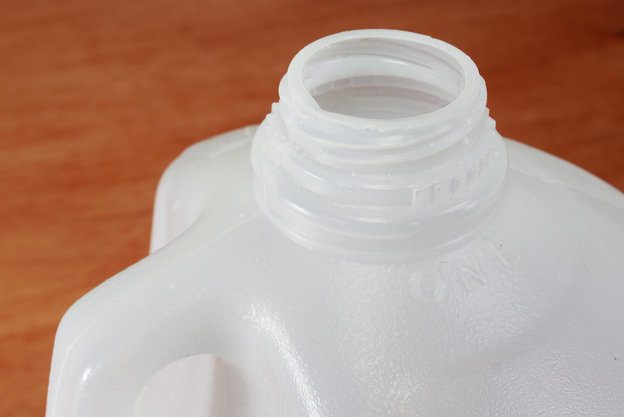 Consumers should leave caps on their empty plastic bottles because when caps are taken off, they often fall through screens, contaminating glass cullet streams. Bottles without caps are also more likely to be flattened and sorted incorrectly.
Consumers should leave caps on their empty plastic bottles because when caps are taken off, they often fall through screens, contaminating glass cullet streams. Bottles without caps are also more likely to be flattened and sorted incorrectly.
Those are a few conclusions from a report examining the top 15 packaging challenges at materials recovery facilities (MRFs). Released in late March, the analysis was conducted by Pac Next, part of the industry-funded Pac Packaging Consortium.
“With packaging changing constantly, it can be difficult for recycling facility operators to maintain, or preferably increase, recyclables recovery rates,” Daniel Lantz, COO at Green By Nature EPR and a co-chairman of Pac Next, stated in a press release. “Pac Next took the initiative to develop a guide to help program operators and packaging designers understand the opportunities and limitations associated with the top 15 packaging challenges found in the marketplace today.”
The report updates a late-2014 iteration examining the following 10 difficult-to-recover packaging types: black plastic containers, colored opaque PET, compostable plastics, corrugated trays with plastic film around them, full shrink wrap labels, hot beverage polycoated cups, metallized tubes, multi-layered laminates, non-PET clamshells and single-serve coffee pods.
The 2016 report also adds five: caps on plastic bottles, glass containers, labels on PET thermoforms, plastic film and polycoated containers.
The 30-page study examines problems associated with sorting various packaging types, explores efforts to improve recoverability and provides recommendations for various stakeholders. It was authored by a team co-chaired by Lantz and Keith Fanta, section head for packaging sustainability at Procter & Gamble.
“While the Pac Next team understands that packaging needs to be designed to meet a host of other important requirements, we wanted to make sure everyone was aware of some of the current challenges when it comes to recycling,” Fanta stated in the release. “The end goal is to have the right information to help design the most sustainable packaging possible.”





















